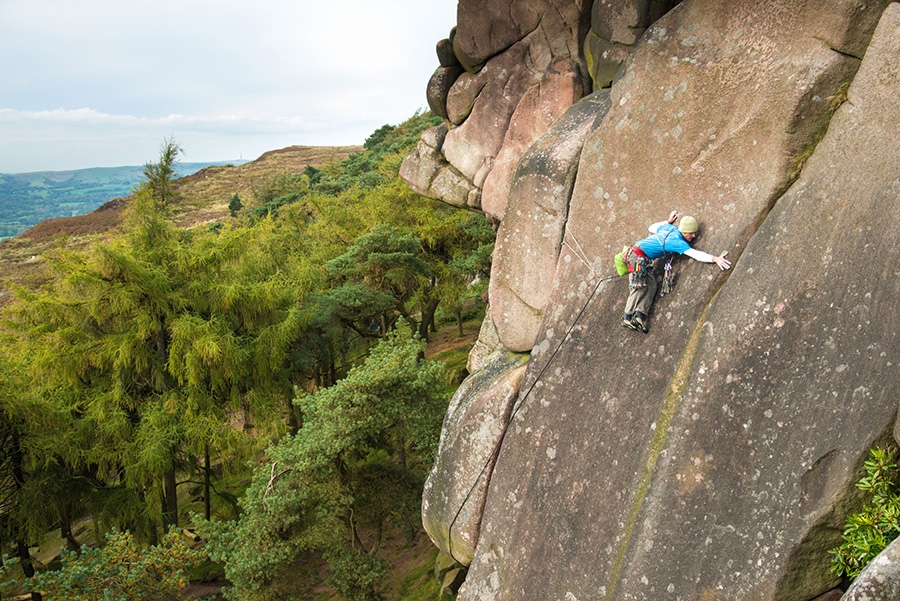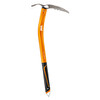Only one climbing God: the grade!

 1 / 4
1 / 4 Riky Felderer
Riky Felderer
I followed with interest a “light-hearted” squabble on the social networks between two Italian climbers, and this got me thinking. They are, by all means, active and “creative" characters in this vertical sphere, both in words and in deeds. In truth the squabble leads on to other issues, but it provided me with the opportunity to gather my thoughts.
Initially I wanted to respond on FB, but then I thought this might interest more people and help fuel an interesting debate that knows no end! One which certainly won’t come to a halt thanks to me!
But let me get straight to the point: in recent years, after having travelled fairly extensively across the vertical world, I've come to a personal conclusion that, within reasonable limits, the wisest thing to do is to give grades using the systems that most reflect the style of climbing. I don’t want to discuss whether the first UIAA grade VII was climbed in Australia or in the Alps, I’m not interested (here) in debating who deserves the recognition of a certainly style or ethic.
What i mean to say is that that for cultural marketing reasons there are grading systems that are "de facto" reference points. Let me explain by giving some examples. For single-pitch sports climb, I use the French scale, 6b, 9a whatever. This can then be "translated" to all other systems; this is of little importance, but identifying it with the French system provides some specific indications. Or at least it should do.
For a pitch which is similar to British Trad (or "hard grit", a term often applied incorrectly, as gritstone is a type of rock, not a style of climbing), which uses trad gear and where the psychological factor plays an important role, I will consistently use the English grading system. And for a splitter crack pitch that requires jamming techniques, I like to use (as I consistently do), the American system (by the way, the answer to the age-old debate is the 5.10c CANNOT be "compared" to 6a+).
In exploring possible other macro-groups, a classic mountain route protected by a mix of pegs and trad gear is graded using the UIAA scale. For a Verdon-style multi-pitch I’d use the French system, perhaps (as often happens) adding the obligatory crux difficulty and the type of protection. This is what I myself do and I'd love to see this becoming a widespread habit. Especially because I believe that a method of this sort (not necessarily this one) if used by many other climbers, could help provide a sort of unification, could provide a correct summary and definition about the route’s style and difficulty and provide those who wish to repeat the route with more precise comparisons to other reference routes.
Of course there are various nuances that need discussing, first ascent ethics that are confusing and convulsive such as ground-up, by abseil, from the side; complex styles such as retrobloting, debolting and all kinds of variations. However, with a view to respecting the style and its alphanumeric synthesis (i.e. the only deity shared on this planet: the grade!), I think it could work.
I do not profess to being the holder of Knowledge, this is nothing more than my little ideas that provide food for thought about a way of grading existing and new climbs, while at the same time forcing those who worship the Grade God to widen their horizons, look how things work elsewhere in the world and possibly even discover interesting new ideas! And also, to make guidebook writers reflect about using a sharing a minimal basis of grading systems.
by Riky Felderer
| www | |
| FB Richard Felderer | |



 Copia link
Copia link
























